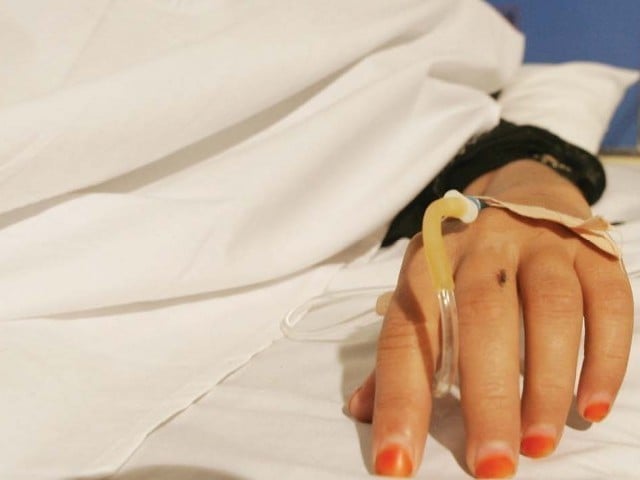
A case for cancer screening
The Centers for Disease Control and Prevention forecasts 19.3 million cancer cases each year until 2025; more than half of these will be new cancer cases and almost two-third of all cancer related deaths are expected in low and middle income countries where routine screening is not available. Research shows that lifestyle changes such as quitting smoking, vaccinations and routine screening can have a massive impact on cancer control and prevention. The onus on medical community now is to develop non-invasive and cost-effective screening methods that can be implemented in routine care, which is currently being pursued as an active area of research. Guidelines issued by American Cancer Society regarding screening tests for different and specific cancers are as follows:
Breast Cancer
Mammogram: It involves taking x-ray of the breast tissue. Recommendations vary greatly depending on a women’s age. The choice for mammogram is left at discretion of women below 44 years of age while routine annual screening is recommended for those between 45 years and 54 years.
MRI: It is a detailed scanning technique recommended for women with TP53 and BRCA1 or BRCA2 mutation.
Colorectal Cancer
Men and women above the age of 50 should be offered routine screening with one of the following:
Every year: Guaiac-based fecal occult blood test (gFOBT) and fecal immunochemical test (FIT) which screens for blood in stool sample.
Every three years: Stool DNA test that identifies DNA changes found in cancer and polyps and helps decide whether a colonoscopy is needed.
Every five years: Flexible sigmoidoscopy (checking lower colon for polyps and cancers using flexible, lighted tube), double-contrast barium enema (x-ray of colon using barium enema which highlights colon and rectum on the scan) and CT colonography or virtual colonoscopy (done by inserting flexible, lighted tube through rectum to map whole colon).
World Cancer Day: ‘Late diagnosis of cancer is the real killer’
Cervical Cancer
Women between 21 and 29 years: Pap smear test which involves identification of cancer tendencies through microscopic examination using cells scraped from surface of cervix or vagina.
Women between 30 and 65 years: Pap smear is combined with HPV (Human Papillomavirus) Test where the cell sample is tested for infection with HPV, a risk factor of cancer.
Women above 60 years: Only those with previously positive results should be screened.
Lung Cancer
Routine screening is only recommended for high-risk groups, mainly those who are chronic smokers with 30-pack a year history. Test is done using low-dose helical or spiral computed tomography (CT) scan which is a CT scan that creates detailed three-dimensional picture of the inside of the body combined with computerised imagery to obtain cross sectional view to identify any tumor.
Prostate Cancer
Prostate-specific antigen (PSA) test: Blood test is used to measure levels of a substance called PSA which is found at higher levels in men with prostate cancer.
Digital rectal examination (DRE): The surface of prostate is physically examined for abnormalities by inserting gloved finger.
Pakistan 7th on cervical cancer watch
A case against screening
The dilemma stems from the counterintuitive argument that not only does routine screening stand the risk of yielding false positives, invasive investigations may increasingly jeopardise a person’s health stability due to ensuing unnecessary surgeries and complications thereof. For instance, in a study conducted in the US to identify the impact of blood test for CA-125 protein followed by transvaginal sonogram on early detection of ovarian cancer, it was seen that intensive screening not only failed to reduce ovarian cancer deaths, but also caused complications like blood clots and infection in women who underwent intervention surgeries for removal of ovarian tumors that later turned out to be harmless. Additionally, it is very likely that screening would only pick up slow growing, less aggressive cancers or despite discovery may do nothing to decelerate the course of disease, thus rendering such assessments redundant.
Recommendations
It is indeed tricky for physicians to develop a standard protocol when it comes to screening for different cancers as recommendations vary depending upon the type of cancer and isolated population risk factors. Like salt in a cuisine, too little is as bad as too much. That being said, it is important to give due consideration to the positive outcomes of routine screening and awareness regarding these procedures should be responsibly communicated to the public. However, case wise consideration is necessary for deciding on a definitive course of action for each patient, depending on their lifestyle, genetic makeup and family history.
Batool Kazim is a UK-based pharmacist.


1727778647-0/diddy-(16)1727778647-0-165x106.webp)

1732014631-0/BeFunky-collage-(71)1732014631-0-165x106.webp)

1731996868-0/Untitled-design-(7)1731996868-0-270x192.webp)










COMMENTS
Comments are moderated and generally will be posted if they are on-topic and not abusive.
For more information, please see our Comments FAQ